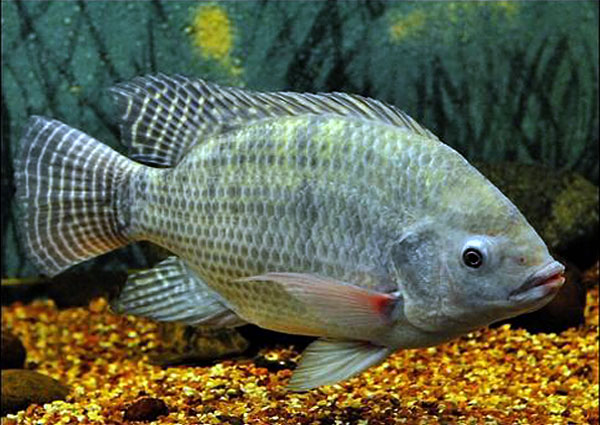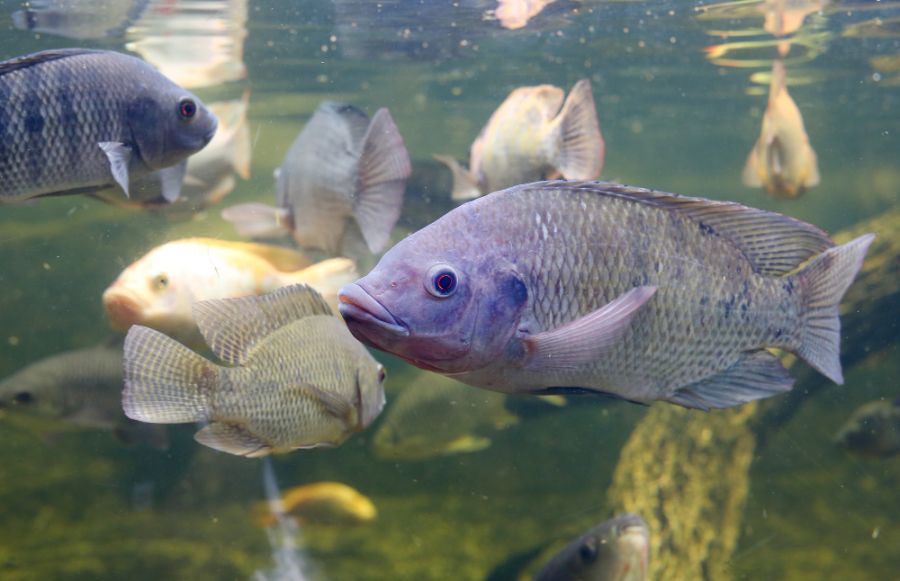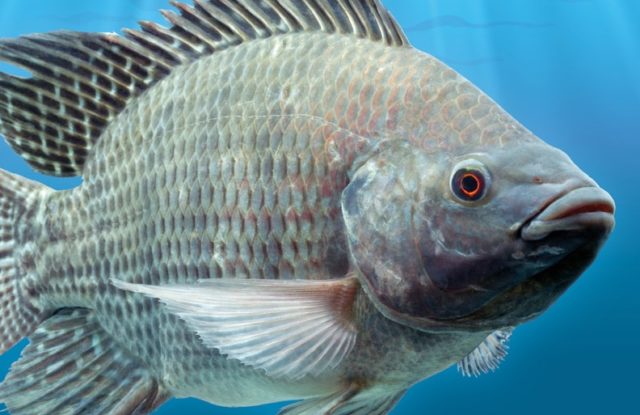Are you a seafood lover? You might know this one fish which many people loves to consume because of its mild taste. However, in Bali Safari Park, we’re not going to talk about seafood right now. Instead, let’s discuss about those fish that we often consumes, which is the Tilapia Fish!
The Tilapia (Oreochromis niloticus) is the second most prolific fish species after carp, and the most widely grown fish on earth. Let’s learn about the Tilapia Fish, starting from its characteristics, habitat and more!
Characteristics

As a freshwater fish, its have a hardy characteristics and belong to fast-growing fish. This fish can live up to ten years and reach ten pounds in weight. Have a shape like sunfish or crappie, this fish easily distinguish though their deep bodies. On its long dorsal fins, there are heavily spines fall in lines.
Habitat
The Tilapia is native to Africa and the Levant region which includes Lebanon, Syria, Jordan, Palestine, and Israel. They are inhabiting shallow streams, ponds, rivers, and lakes, and less commonly found living in brackish water.

However, they have spread widely beyond their original habitat in many fresh and brackish tropical and subtropical habitats. Because of this, makes Tilapia are on the “IUCN’s 100 of the World’s Worst Alien Invasive Species list”!
Diet
They are mainly a herbivores that eating plankton, algae, and other vegetable matter. But sometimes, they also like to eat worms, small fish, and insects.
Reproduction

In the wild, Tilapia Fish can spawn with females producing as many as 200-300 eggs per spawn, every 30 days. Females incubate eggs inside their mouths approximately for a week. She will carries up to 200 eggs in her mouth where the larvae hatch and remain until after the yolk-sac is absorbed.
According to the IUCN Red List, this species are on Least Concern status, because of their large number and cultivation. Let’s learn more about wildlife and animal welfares with Bali Safari Park!






